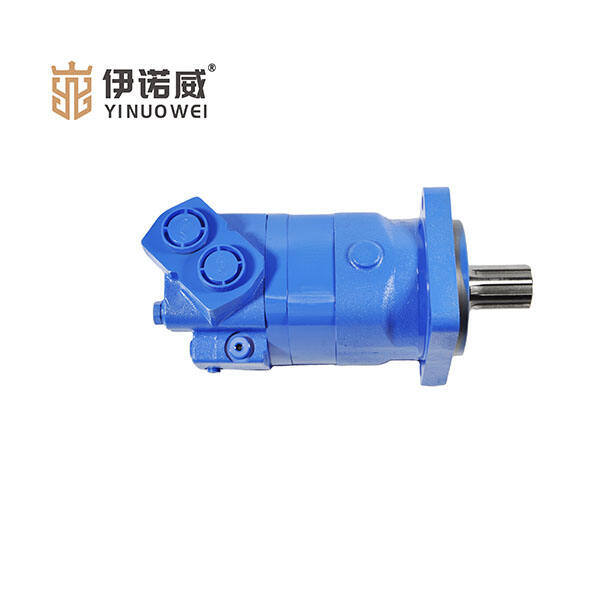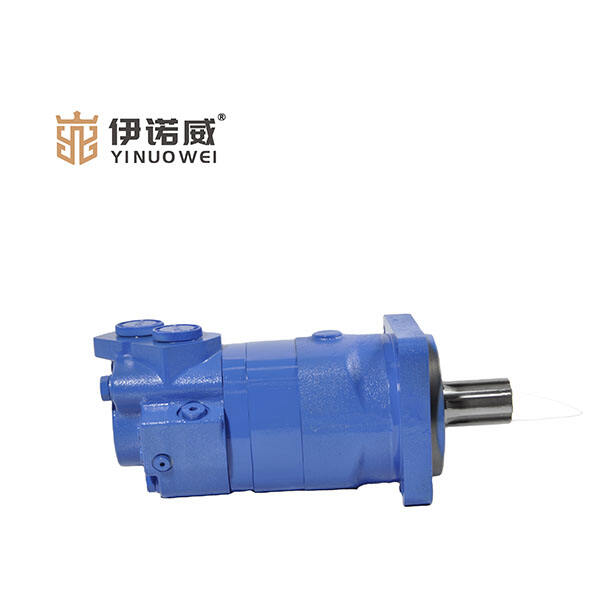A rotary piston motor is a pivotal implement to an automobile or aircraft's mobility. These specific engines use pistons to transform gasoline into energy, which causes issues to go. It is good to know how these motors work. It also is a good idea to have an understanding of how they have evolved over time and what we can do in order to maintain them well so that they last a long time.
Piston motors are the same type of engines that drive cars and planes, turning gasoline into muscle. That energy drives pistons, which are small metallic pieces within the engine. The gasoline is burned, which creates pressure, and then that pressure pushes the pistons up and down. This up-and-down motion is very important and is transferred to a part called the crankshaft. The crankshaft then turns the wheels of a car or the propellers of an aircraft, enabling them to move. These motors generate enough energy to hoist heavy airplanes into the air, or to pull cars down the highway at mind-boggling rates of speed.
A piston engine consists of a cylinder, a piston, and a crankshaft. The cylinder is an empty tube with a closed end and an open end. Inside this cylinder is a piece of metal called a piston that fits very snugly. When gasoline is mixed with air and ignited, there is a huge pressure created. The pressure forces the piston down into the cylinder. The way this works is that the piston descends, rotating a crankshaft which then rotates the wheels of a vehicle or the propellers of an airplane.
And when the piston moves back up, it creates a vacuum that sucks in more gasoline and air. So why is this significant? It enables the engine to produce even greater power. All of this happens very quickly, and it repeats over and over again, generating enough power to maintain an airplane soaring high in the sky, or a car driving down the street.

Piston engines date back to a long, long time ago, and things have evolved quite a bit since the earliest iterations of the technology. Early on these engines were bulky and heavy and offered low power production. But the modeling of those physics isn't what they are today: much lighter, stronger, and more efficient. The enhancements we see today come on the back of the new technology. For instance, fuel injected via computer control allows the engine to use fuel more efficiently. Turbocharging lets the engine generate more propulsion, and direct fuel injection helps the engine take on just the right amount of fuel. These developments have made axial piston motors not just much more reliable but also far more efficient with fuel.

Proper maintenance is crucial to the long life of piston motors. That means doing such things as regularly changing the oil so that the engine remains lubricated and clean. Another thing was flushing the coolant system to avoid overheating, or replacing spark plugs and air filters when necessary. They also need the right fuel and oil for their engine; in fact, the wrong fuel can cause issues.

There are basically two types of engines, a piston engine and a rotary engine. Piston engines, the most common type, are found in most every car and many airplanes. Rotary engines however, are rare and found primarily in certain airplanes and motorcyles. The difference between these two types of engines is largely about how they move. Unlike Piston engines which push the pistons up down, Rotary engine pumps in circular motion.